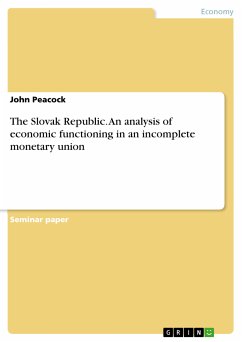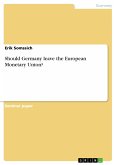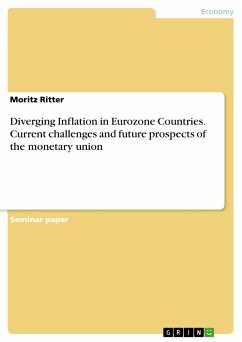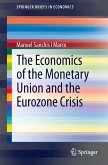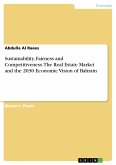Seminar paper from the year 2017 in the subject Economics - Case Scenarios, grade: 1,3, University of Applied Sciences Berlin, course: The Economics of European Integration, language: English, abstract: An analysis of how and to which extent the Slovak Republic can deal with membership within an incomplete monetary union. This paper discusses the developments in the Slovak Republic in the context of its membership within a so-called incomplete monetary union, a construct as laid out by De Grauwe in the book "The Economics of Monetary Union". This paper relies on publicly accessible data and, to a lesser degree, expert literature. For many comparisons, the author draws comparisons with the Czech Republic due to its similar size, geographic location and economic position, with the key difference being the Czech Republic’s sovereign currency and the resulting means of independent monetary policy. Additional metrics are also compared to the results of the entire Eurozone and to the largest Eurozone economies of Germany and France. The goal of this paper is to determine to what degree the Slovak Republic benefits from membership within an incomplete monetary union and what steps can or have been taken in order to mitigate the risks of membership.

